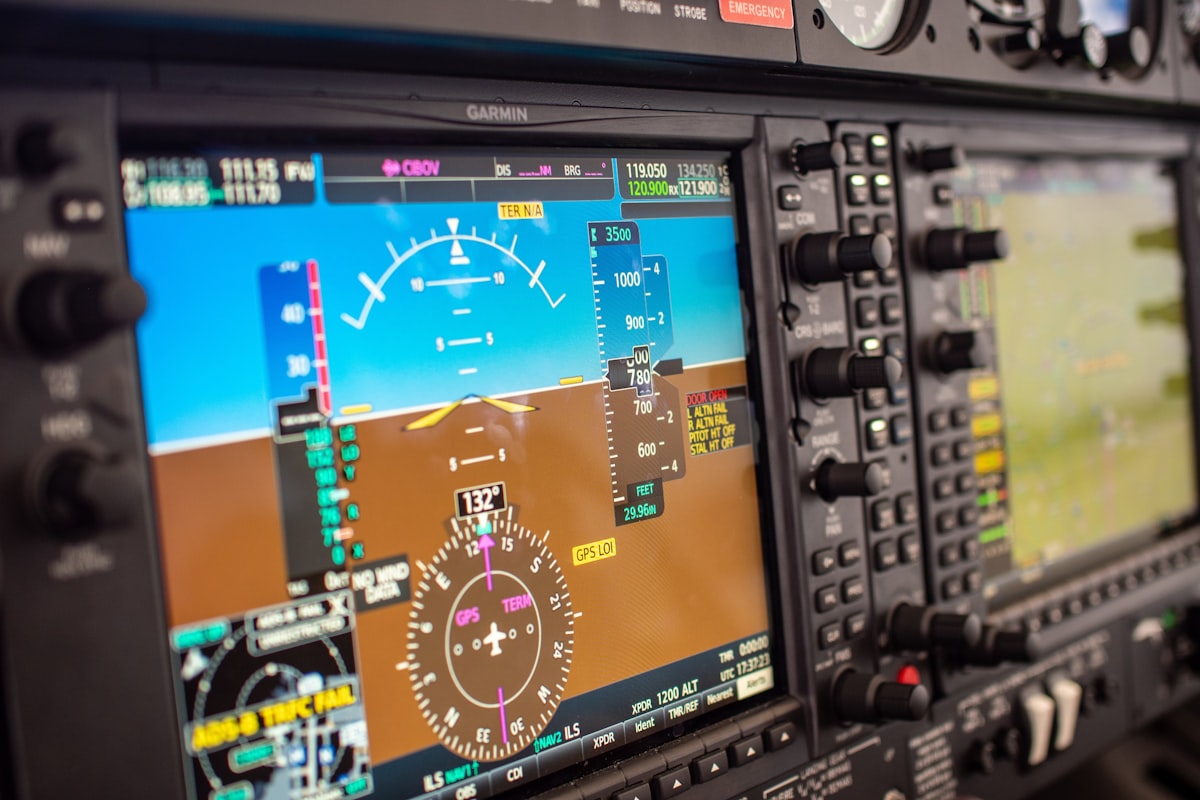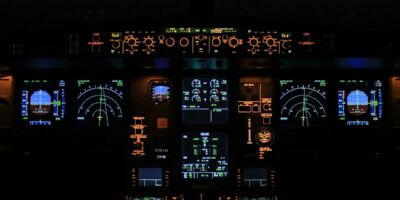Crewtracking: Managing Teams Efficiently
Crewtracking: Managing Teams Efficiently
Crewtracking has become essential for industries relying on mobile workforces. This includes construction, entertainment, and maritime fields. Proper crew management improves efficiency, safety, and satisfaction.

What is Crewtracking?
Crewtracking involves monitoring the activities and locations of team members. This can be done in real-time. The primary goal is to ensure optimal deployment of resources. It also helps in quick decision-making and problem-solving.
Key Components of Crewtracking Systems
- Real-time Location Services (RTLS)
- Task Management Tools
- Communication Platforms
- Data Analytics and Reporting
RTLS uses GPS and other tech to provide locations of crew members. Task management tools allocate and monitor tasks. Communication platforms keep teams connected. Data analytics helps in assessing performance and planning.
Benefits of Crewtracking
One major benefit is improved productivity. Managers can allocate resources more efficiently. Issues in the field can be addressed quickly. Crewtracking ensures accountability. Knowing they are being monitored, team members often perform better.
Safety is another key benefit. Real-time tracking can prevent accidents by alerting managers about potential hazards. It also ensures that safety protocols are followed. Crewtracking systems can send immediate notifications in emergencies.
Applications in Different Industries
In construction, crewtracking helps in managing large and dispersed teams. Workers often need to be at different locations. Real-time tracking can help in coordinating activities.
The entertainment industry, especially in film and television, also benefits. Managing cast and crew on large sets can be challenging. Crewtracking simplifies this by providing real-time data on the location and availability of everyone involved.
Maritime applications include managing ship crews. Knowing the location and activities of crew members at all times is crucial. This ensures that operations run smoothly and safely.
Technologies Used in Crewtracking
GPS is commonly used for outdoor tracking. It provides accurate and real-time location data. For indoor tracking, RFID and Bluetooth beacons are often used. These technologies provide precise locations within buildings or other structures.
Mobile apps play a significant role. They provide real-time updates and allow for easy communication. Many crewtracking systems integrate with these apps, making data accessible to both managers and crew members.
Challenges and Solutions
One common challenge is privacy concerns. Crew members may feel uncomfortable with constant monitoring. Clear communication about the purpose of tracking can alleviate these concerns. Ensuring data security is also essential.
Technical issues can also arise. GPS signals can be weak in certain areas. Backup systems and alternative technologies like RFID can help address this.
Case Studies
A construction company implemented crewtracking and saw a 20% increase in productivity. By monitoring task completion in real-time, they could allocate resources more efficiently.
A film production house used crewtracking during an outdoor shoot. The system helped in coordinating the movements of a large cast and crew. This reduced downtime and improved overall efficiency.
Future Trends
Integration of AI could be a game-changer. AI can analyze data to provide insights and predictions. This can help in proactive decision-making.
Wearable tech is another trend. Devices like smart helmets and watches can provide real-time data on the well-being of crew members. This adds another layer of safety and efficiency.
Choosing the Right System
Selecting the right crewtracking system depends on specific needs. Scalability is crucial. The system should be able to grow with your team. User-friendliness ensures that everyone can use the system effectively.
Integration capabilities should also be considered. The system should work well with other tools and software you are using. Costs are always a factor, but the right system can provide a significant return on investment through improved efficiency and productivity.




Subscribe for Updates
Get the latest articles delivered to your inbox.
We respect your privacy. Unsubscribe anytime.